Learn about common pests that damage cashew trees, how to recognize them and effectively prevent them to protect cashew gardens from growing well.
There are numerous types of pests that harm cashew trees recorded in Vietnam. Among them, the primary pests include mosquito bugs, thrips, stem borers, leaf-eating caterpillars, long-headed mealybugs, red mites, etc. Below, Sataka will focus on introducing the most harmful pests that significantly affect the health and productivity of cashew trees and guide farmers on how to prevent them.
Stem borers are among the most dangerous pests for cashew trees. They attack by boring deeply into the tree trunk, reducing its ability to transport water and nutrients, leading to wilting and gradual death. The easily recognizable symptoms are small holes on the trunk and secretion from the boring wounds. If not controlled promptly, stem borers can cause severe damage to the entire cashew orchard.
Prevention methods: Regularly inspect the orchard, remove branches affected by borers, and use plant protection chemicals as recommended.
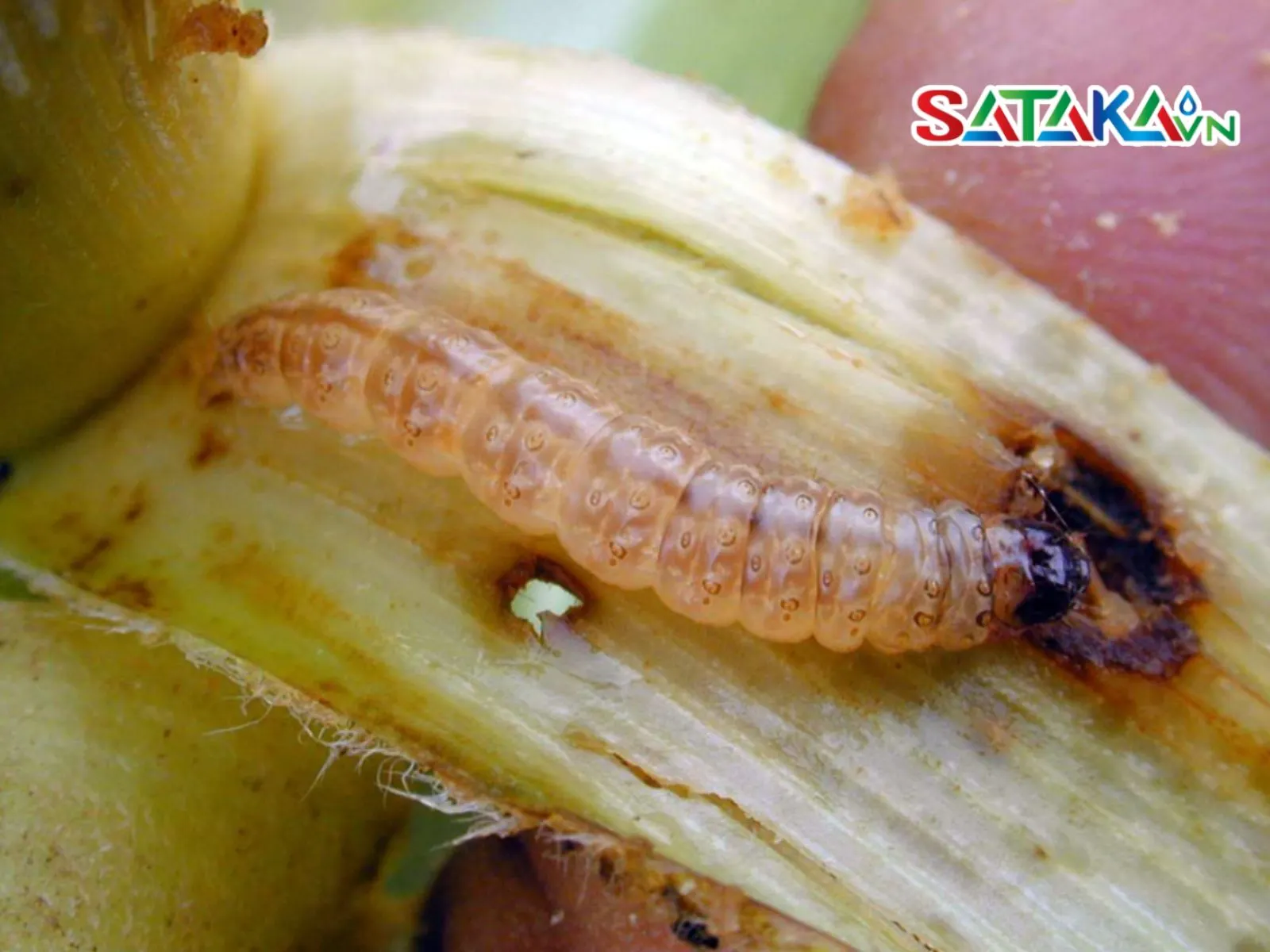
Stem borers
Mosquito bugs not only cause discomfort but are also one of the main reasons for reduced cashew productivity. They suck sap from young leaves, shoots, and flowers, preventing the cashew tree from developing normally. Symptoms include small spots on leaves and curled, withered young shoots.
Control measures: Spray insecticides during the flowering and early fruit-setting stages to manage mosquito bugs, combined with the use of natural predators to maintain ecological balance.

Mosquito bugs
Leaf-eating caterpillars harm cashew trees by chewing leaves, reducing the photosynthetic area, which severely affects tree development. When attacked, cashew trees become stunted and lack vitality, leading to low yields. This pest is common and often appears in poorly maintained cashew orchards.
Prevention methods: Use biological or chemical insecticides containing active ingredients such as Imidacloprid, Thiamethoxam, Acetamiprid, etc., depending on the level of infestation, combined with pruning damaged leaves to limit the spread.
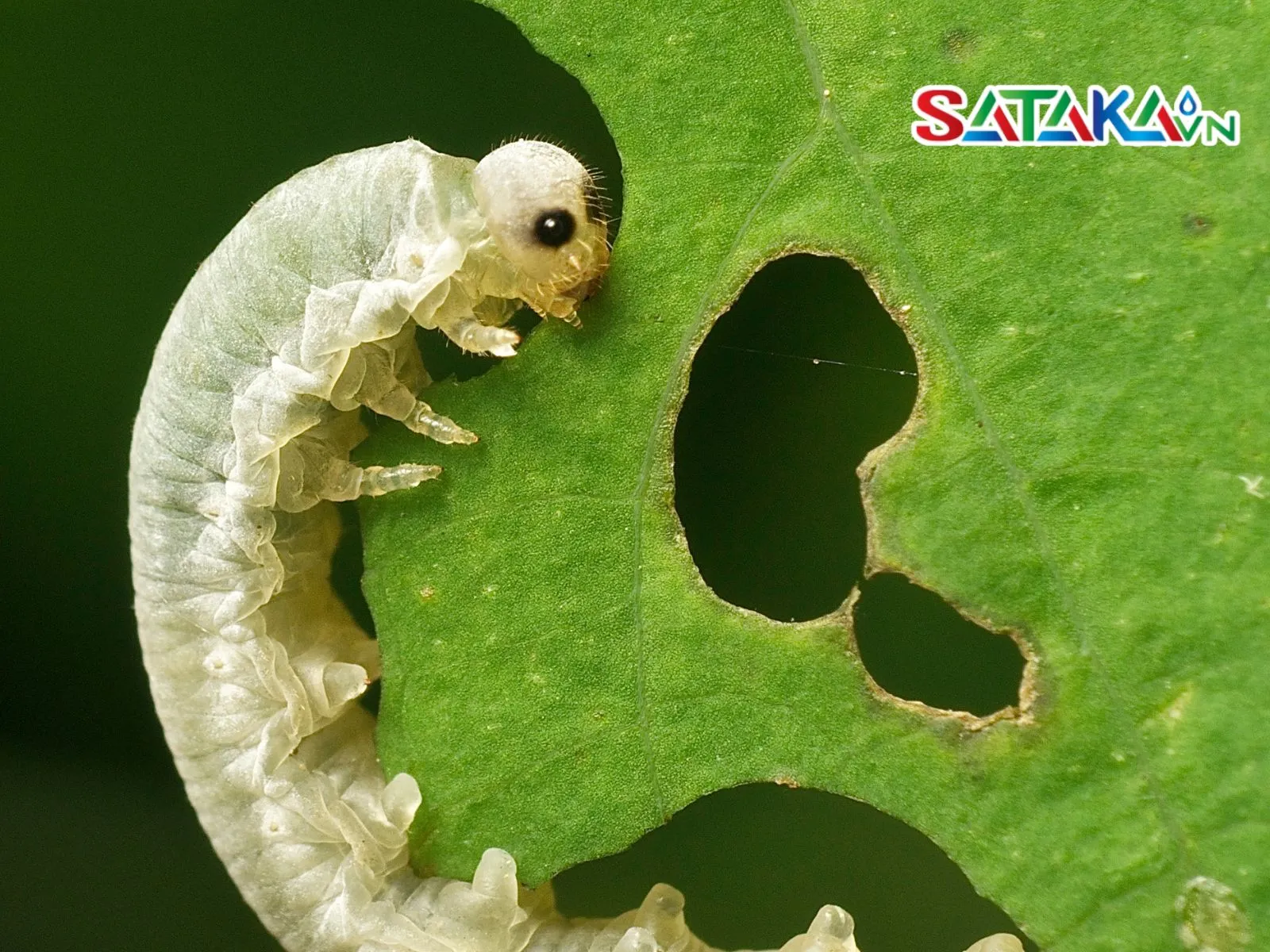
Caterpillars eat leaves
Although red mites are tiny, their destructive power is immense. They often gather on the underside of leaves, sucking sap and causing leaves to turn yellow, dry, and fall prematurely. Red mites can spread rapidly under hot, dry conditions, causing significant damage to cashew growers.
Control solutions: Spray specific red mite pesticides during peak development times and maintain appropriate humidity levels in the orchard to limit their proliferation.
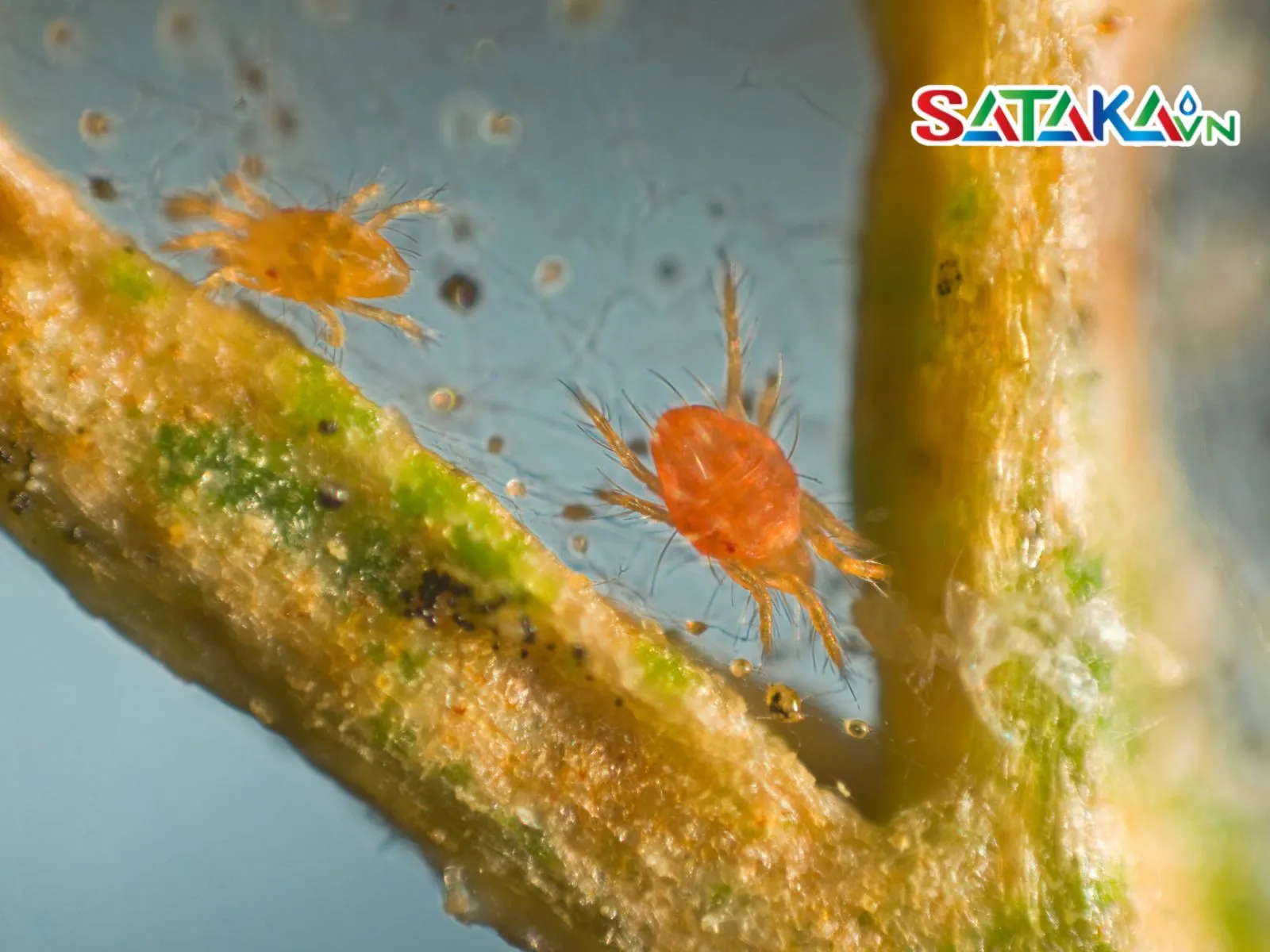
Red spider
Besides using chemical pesticides, leveraging natural predators such as parasitic wasps, ladybugs, or certain bird species can help control pests naturally. Combining biological and chemical methods not only reduces costs but also protects the environment and orchard ecosystem.
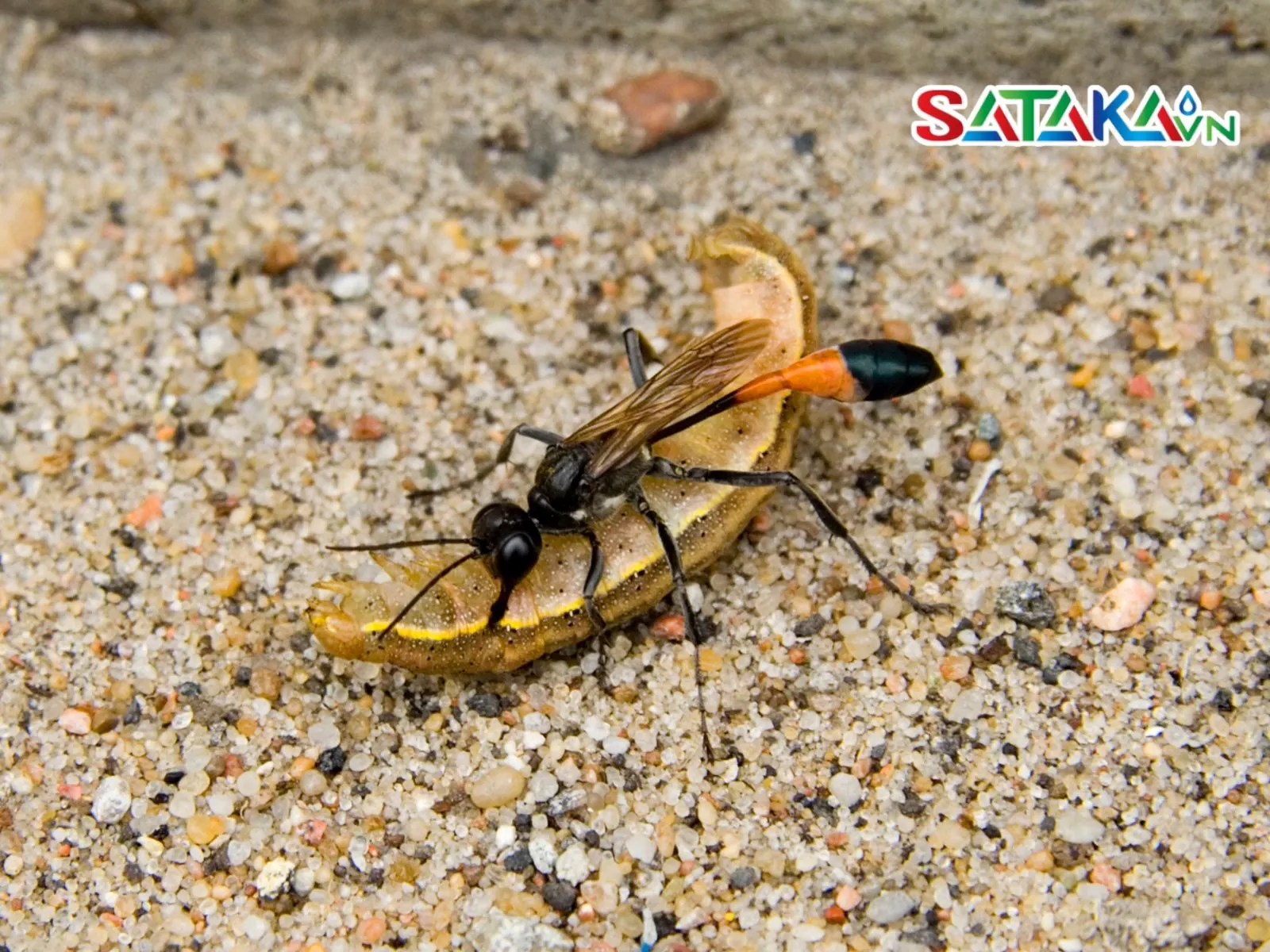
Natural enemies of parasitic wasps
It is undeniable that pests are one of the main reasons for reduced cashew yields. Poor pest control not only causes direct damage to trees but also affects the entire farming system. Therefore, growers need to have a pest prevention strategy at the start of the season, combining biological and chemical methods for optimal effectiveness.
Recognizing and controlling pests harmful to cashew trees is a crucial step in protecting the productivity and quality of cashews. Always monitor your orchard regularly and apply the proper prevention measures to ensure healthy development and a bountiful harvest for your family.
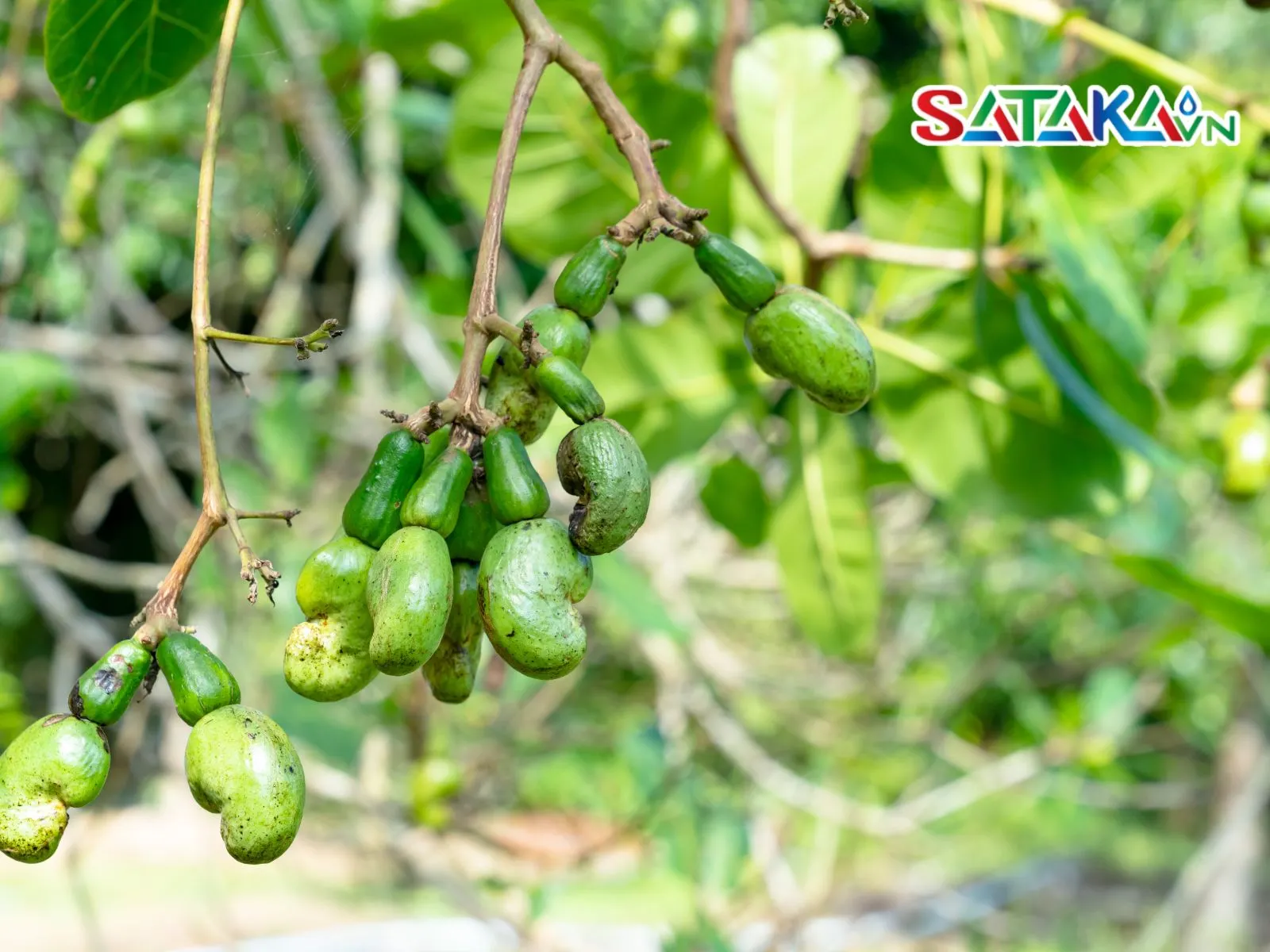
Monitor and control pests in cashew gardens
The above information from Sataka provides detailed insights into pests affecting cashew trees and offers prevention guidelines to help readers understand and easily implement practical solutions.